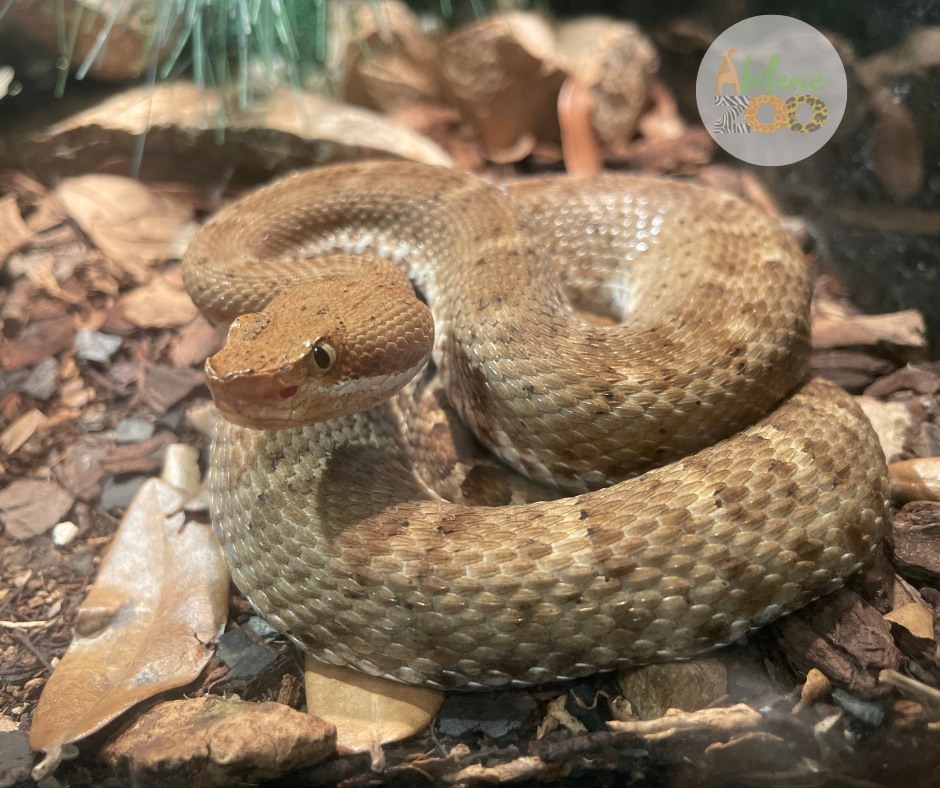1. The Chihuahuan Ridgenose Rattlesnake – Introduction to the species and its characteristics.
2. Habitat and Distribution – Exploring the arid regions of the Chihuahuan Desert where the snake is found.
3. Morphology and Coloration – Discuss the rattlesnake’s unique physical features and camouflage.
4. Diet and Predatory Behavior – Understanding the species’ feeding habits and hunting techniques.
5. Conservation and Threats – Highlighting the importance of protecting the Chihuahuan Ridgenose Rattlesnake and its challenges in the wild.
The Amazing Chihuahuan Ridgenose Rattlesnake: A Master of Adaptation and Survival
The Chihuahuan Ridgenose Rattlesnake, scientifically known as Crotalus Willard, is a fascinating creature that inhabits the arid regions of the Chihuahuan Desert in North America. With its distinctive coloration and unique morphological features, this snake is truly a marvel of nature. In this article, we will delve into the captivating world of this great serpent, exploring its habitat, appearance, diet, and conservation efforts aimed at protecting it.
Habitat and Distribution
The Chihuahuan Ridgenose Rattlesnake can be found in the Chihuahuan Desert’s arid regions, which span parts of Mexico and the southwestern United States. This desert, characterized by its extreme temperatures and sparse vegetation, provides a challenging environment for many species. However, the rattlesnake has adapted remarkably to thrive in this harsh landscape.
Morphology and Coloration
One of the most striking features of the Chihuahuan Ridgenose Rattlesnake is its physical appearance. As the name suggests, its distinct ridged nose sets it apart from other rattlesnake species. This unique adaptation helps burrow through loose desert sand, allowing it to hide and seek shelter in underground crevices during extreme weather conditions.
In addition to its nose, the snake’s snakeskin is another remarkable aspect of its morphology. Its scales exhibit a range of hues, from sandy shades that blend seamlessly with the desert floor to darker brown or gray patches. This intricate blend of colors acts as a natural camouflage, enabling the rattlesnake to remain concealed from predators and prey.
Diet and Predatory Behavior
The Chihuahuan Ridgenose Rattlesnake is a carnivorous predator with a specialized diet. Its primary food source consists of small rodents, such as mice and rats, abundant in its arid habitat. Using its heat-sensing pits between its eyes and nostrils, the rattlesnake can detect the infrared radiation emitted by its prey, allowing for effective hunting even in low-light conditions.
When hunting, the rattlesnake relies on its stealth and ambush tactics. It patiently waits in an exposed position, blending its cryptic coloration seamlessly with the surroundings. When an unsuspecting rodent passes, the rattlesnake swiftly strikes, injecting venom to immobilize its prey before swallowing it whole. This efficient hunting strategy ensures the snake’s snake in the harsh desert environment.
Conservation and Threats
Despite its incredible adaptations, the Chihuahuan Ridgenose Rattlesnake faces several threats to its survival. Habitat loss due to human activities, including urbanization and agriculture, poses a significant threat to this species. Encroachment in its natural habitat reduces the availability of suitable hunting grounds and disrupts its breeding patterns.
Additionally, illegal collection for the exotic pet trade poses another risk to the rattlesnake. Unregulated capture and trade can lead to overexploitation, causing severe declines in wild populations. Therefore, conservation efforts are crucial to protect and preserve this remarkable species.
Various organizations and wildlife agencies are working diligently to educate the public about conserving the Chihuahuan Ridgenose Rattlesnake and its habitat. Research is being conducted to better understand its behavior, ecology, and population dynamics, providing valuable insights for conservation strategies.
In conclusion, the Chihuahuan Ridgenose Rattlesnake is a true marvel of nature, perfectly adapted to survive and thrive in the arid regions of the Chihuahuan Desert. Its unique coloration, distinctive morphology, and specialized predatory behavior make it an exceptional creature worth preserving for future generations. By raising awareness, promoting conservation efforts, and respecting its natural habitat, we can ensure the continued existence of this fantastic species and admire its beauty for years to come.
*****
Source Description
The excellent Chihuahuan ridge nose rattlesnake is found in the arid regions of the Chihuahuan Desert, whose distinctive coloration blends with the surroundings.


